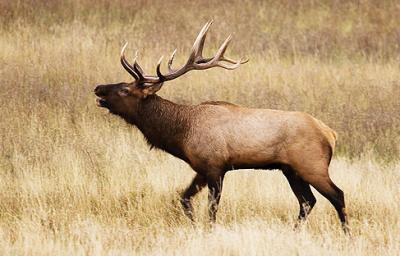
The resonating sounds of the clash of antlers could be heard but not seen as the battle unfolded within the giant cottonwood forest along the Missouri River. From within the luminescent fall foliage and across open meadows where elk watchers were viewing, the social complexities of the breeding season unfolded before our eyes. The bugling sounds of the elk bulls pierce what is normally a pristine and idyllic scene. For six days I would watch the annual elk rut during mid-September in the Charles M. Russell Wildlife Refuge in central Montana.
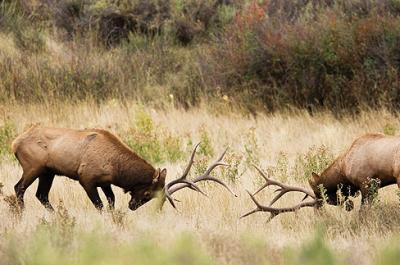
Charles M. Russell was a noted cowboy artist, who lived in Montana and painted the wild west during the first two decades of the 20th century. Because of his fame, many places in this state have been named after him, including this refuge. Near where the Missouri Breaks was declared a national monument a few years ago, lies the rugged country of the C. M. Russell Wildlife Refuge. The refuge, the second largest in the lower 48 states, sports a variety of wildlife with its antelope, mule deer, wild turkeys, pheasant, mountain lions, AND, its infamous Rocky Mountain Elk herd, the largest of three species of elk in North America.
Elk are a common commodity throughout the intermountain West, but the elk that are found in the C. M. Russell are especially large—with antlers commonly seen at six-, seven-, and the occasional eight-point racks. Those elk who are more fully “in charge” of the cows have a huge body mass and possess the thickest, most set of points, and widest antler racks possible. When these antlers are “maxed out” for the rut season, they are polished to such a sheen that the shiny points glow like a set of candles held within a magnificent candelabra.
During mid-September and into early October, the elk rut takes place where there is a no hunting zone. Wildlife viewing is only allowed from the gravel road that winds through the refuge with the Missouri River lined with giant cottonwood trees as a backdrop. Hundreds of elk put on a show in the early evening and morning light for the dozens of spectators. I say “dozens” for this is an area not often known or sought by the casual tourist or even the wildlife photographer. But, it IS an area known to bow hunters who also gather for their hunting in zoned hunting areas. They can only drool as they spot numerous seven-point bulls that are performing before them in the “viewing only” area!
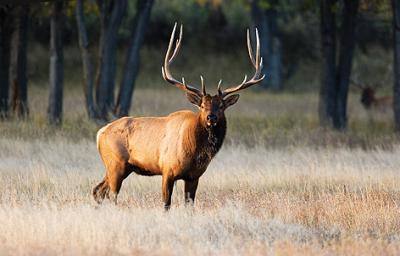
The bugling sounds of the bulls are continuous and make for a cacophony of sounds as you sleep in camping areas nearby. The bugle is a shrill incantation that is drawn out and then fades into a few coughing grunts. Cows and calves might retaliate with their “squeaks and squeals.” After a day of rest within the forest, the hundreds of cows move to the open meadow that is vegetated with prairie grasses and bushes. Arriving with groups of cows is a bull who is defending his “territory.” The bulls constantly bugle, signaling who “owns whom,” and are continuously on the move in gathering their harem and keeping them “collected.” The bugles of the tired bulls eventually become hoarse and weary with grunts almost becoming groans. Their bodies, which have fattened for this rut season throughout the spring and summer, begin to thin out. Often those in dominance in the beginning of the rut will lose stamina and their harem to those who have waited behind the scenes. Onto the stage fresh and equally large bulls emerge from the forest to declare their presence and to split the harems in gaining control of the cows.
Different posturing stances take place. When the main bull is about to charge another bull who is “too close” to his herd, the neck is stretched forward and held low with a hackle of dark brown fur rising along the neck and backside. A full charge is about to take place with hooves and clumps of dirt flying in all directions. If the bulls decide to defend their territory, then 40-pound antlers clash. Whether a dominant or deferring bull, he will “attack” grasses, thrash at small bushes, and paw at the ground sending shrubs, branches, and anything else flying into the air.
The bugling is constant in order to advertise the bull’s territory and to attract the cows. With sniffing and a flicking tongue, he smells the cows. To get the full effect of “the bouquet of scents” from the female, he tilts his head back and points his nose skyward with lips stretched backwards, trapping air to analyze and savor the cow’s smell. This is known as the “flehmen look.” From the fragrance the bull can detect who is in estrus, her age, and how far along she is in her cycle. Knowing whether or not she is receptive is also important. A possessive posturing with head held upright and then backwards with the giant set of antlers almost touching the back, the victorious bull will then steadfastly move to his cows and collect his harem.
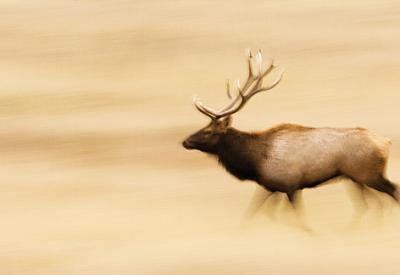
Not all cows care to be with certain bulls; they too declare to whom they’d like to be with either by making a “mad dash” to a nearby harem or by verbally telling the bull to “bugger off”! But, this behavior is not always acceptable to the bull, who may then chase her back into his harem, or else to avoid a battle he might let her move to another harem.
During this season, the testosterone levels are running high. This is one of the few places where you can view many bulls that are only meters from each other in their battle for dominance. This is the season for “bugling bulls.”
~ Carol Polich’s nature photography has taken her to the African and Asian continents and throughout the West where she has captured not only the “big” things in nature, but the “little” things as well. Her photographs have won a National Geographic Traveler Photo contest and appeared in numerous magazines. Her first book, Portrait of Paradise, published in 2007 by Far Country Press, covers the Greater Yellowstone Ecosystem.
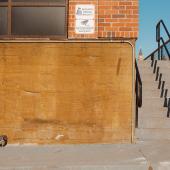
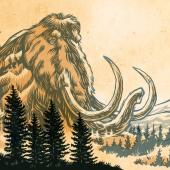
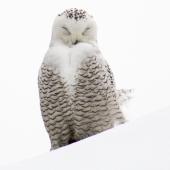
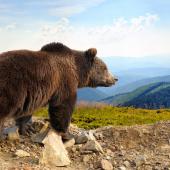
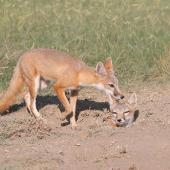
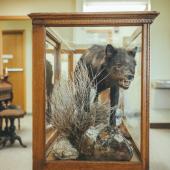
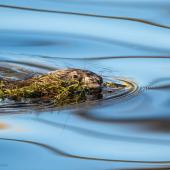
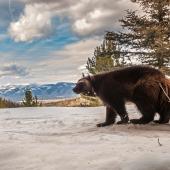
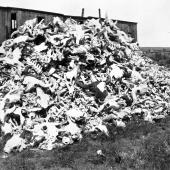
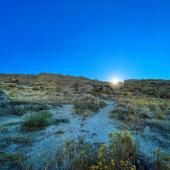
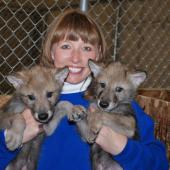
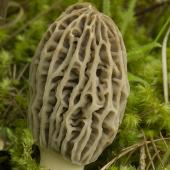
Leave a Comment Here